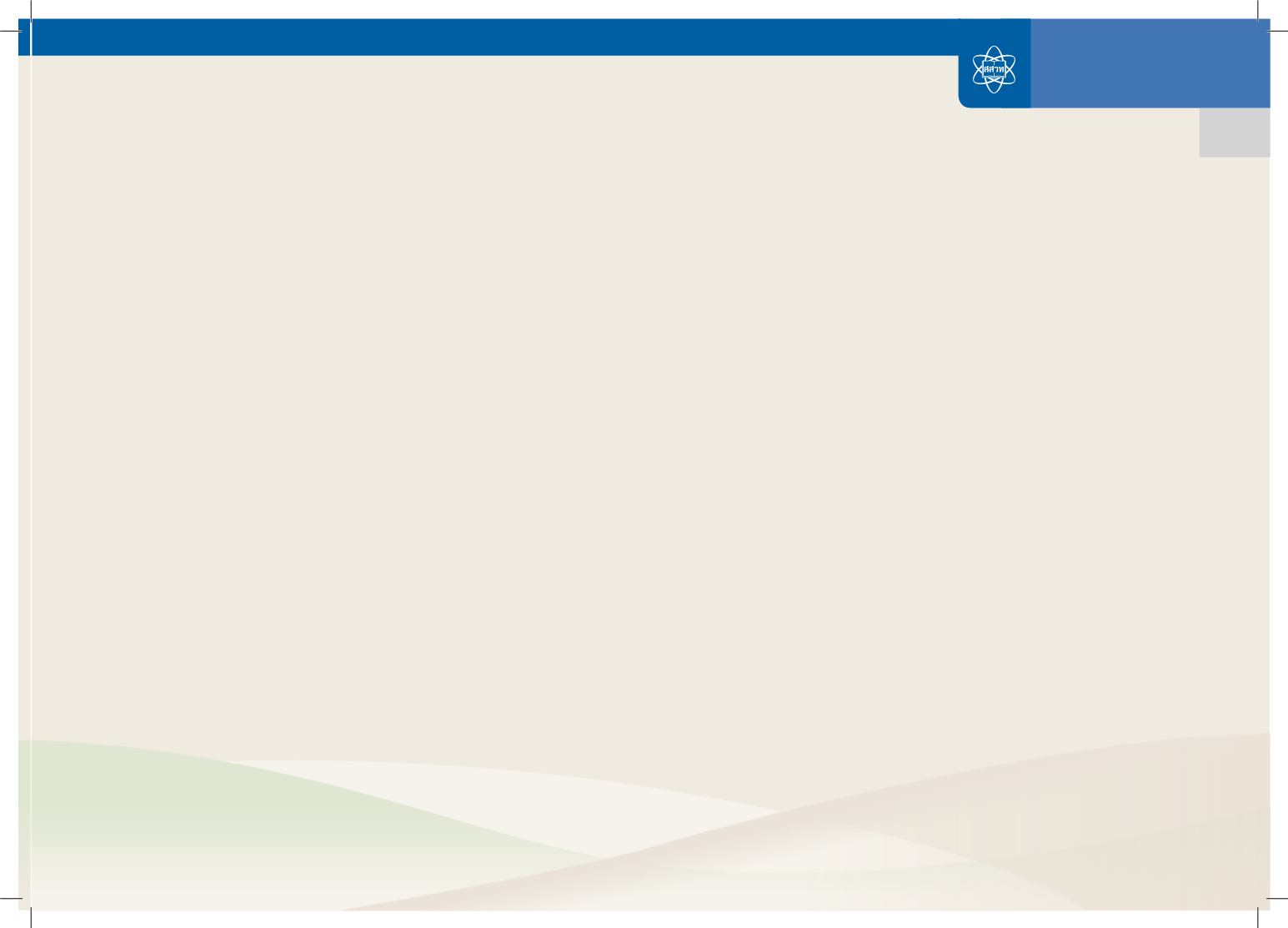

กลุ่มสาระการเรียนรู้วิทยาศาสตร์
ระดับประถมศึกษา
65
Magnusson, S. J. and Palincsar, A. S. (2005).
How students learn science in the classroom
, p.460.
Musikul, K. (2010, June).
Exploring primary students’ understanding about the world before they come to science classroom.
Paper presented at the annual meeting of the Australasian Science Education Association, Port Stephen, New South
Wales, Australia.
Kozlow, M.J. and Nay, M.A. (1976). An approach to measuring scientific attitudes.
Science Education,
60:2147-172.
McComas, W.F. and Almazroa, H. (1998). The nature of science in science education: An introduction.
Science and Education
,
7, 511-532.
National Research Council. (2000).
Inquiry and the national science education standards: A guide for teaching and learning.
Washington, D.C.: National Academy Press.
National Research Council. (1996).
National science education standards.
Washington, D.C.: National Academy Press.
Padilla, M. J. (1990).
Research matters to the science teacher
. NARST Publication, No. 9004.
Rowe, M.B. (1974). Wait-time and rewards as instructional variables, Their influence on language, logic, and fate control: Part
one-wait-time.
Journal of Research in Science Teaching
. 11, 81-94.
Tunstall, P. and Gipps, C. (1996). Teacher feedback to young children in formative assessment: A typology.
British Educational
Research Journal
, 22(4), 389-404.
Wilson, J., Murdoch, K. (2006).
How to succeed with thinking: Little books of big ideas.
Curriculum Corporation.


















